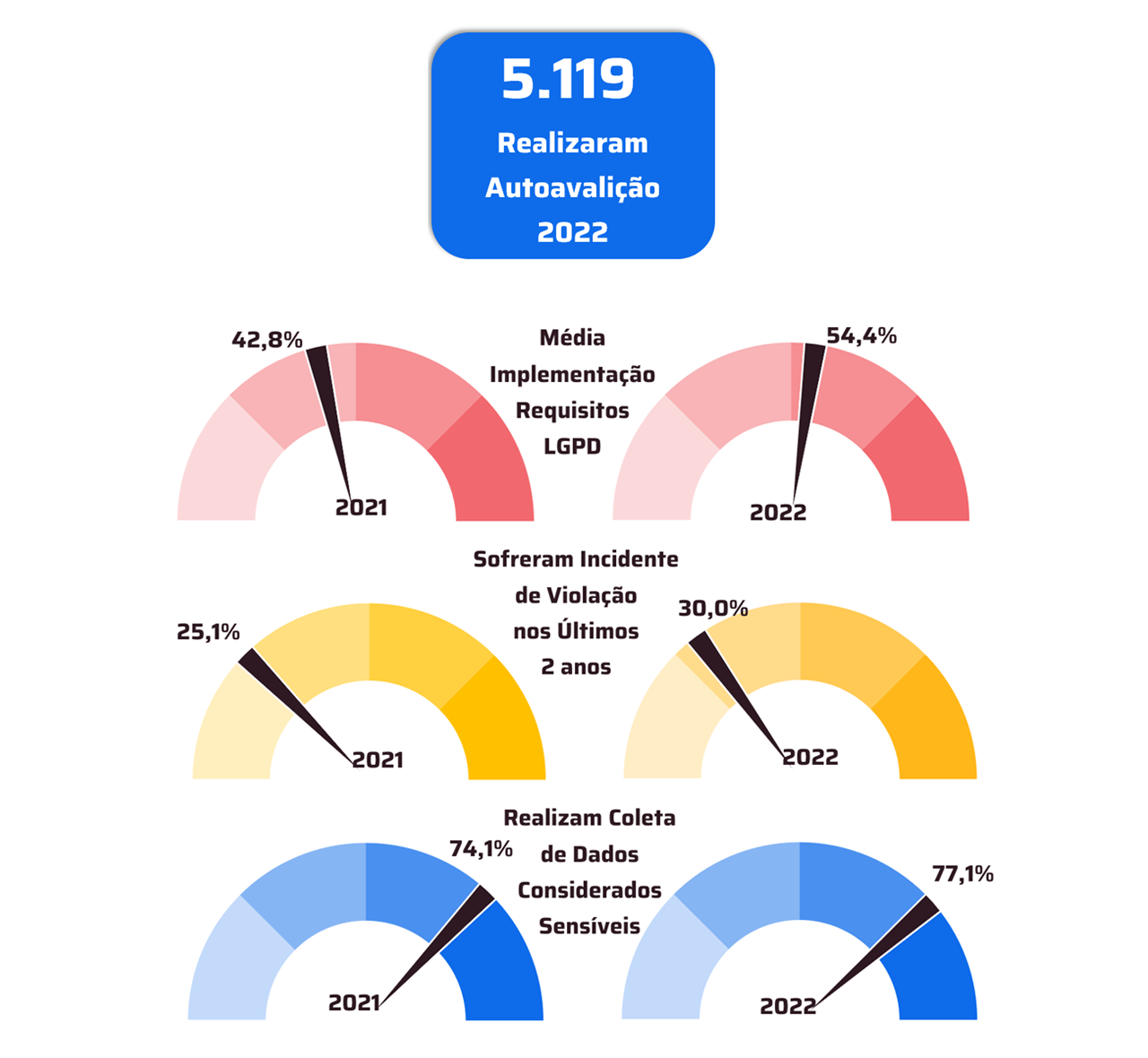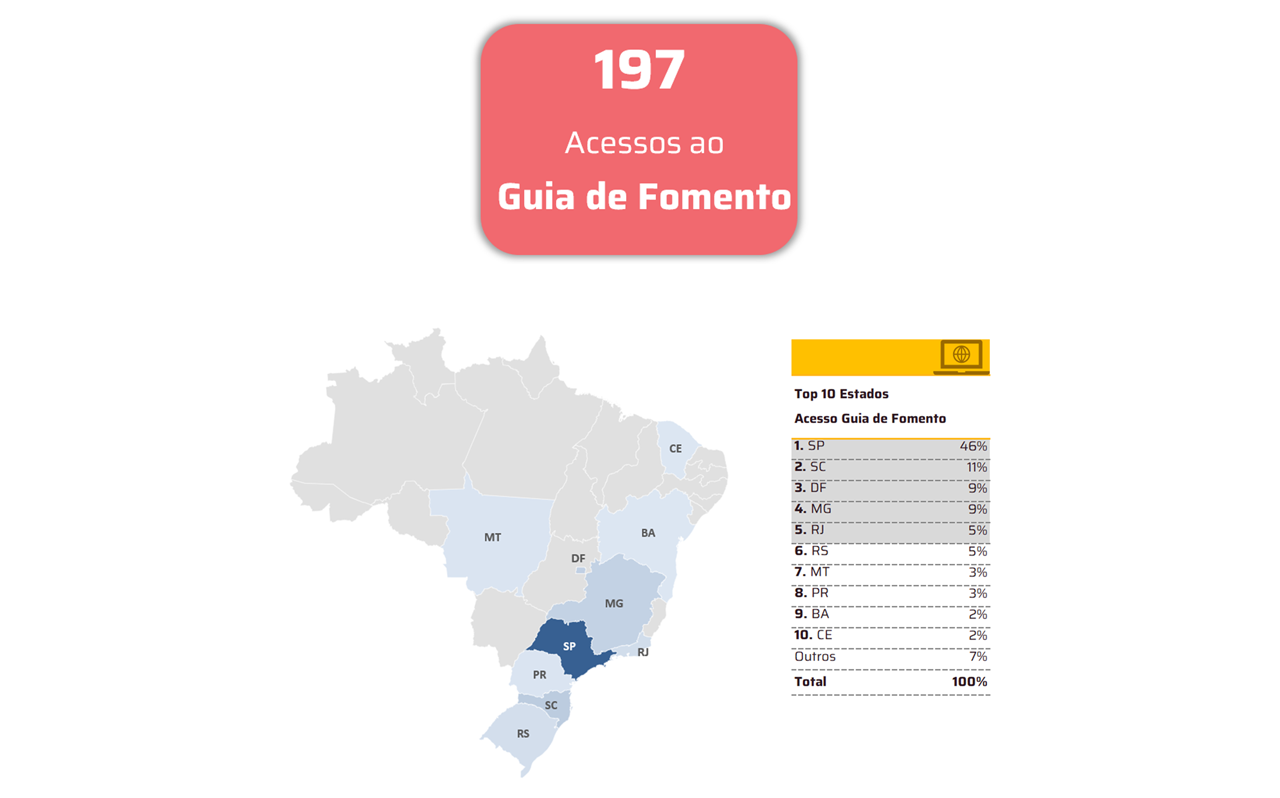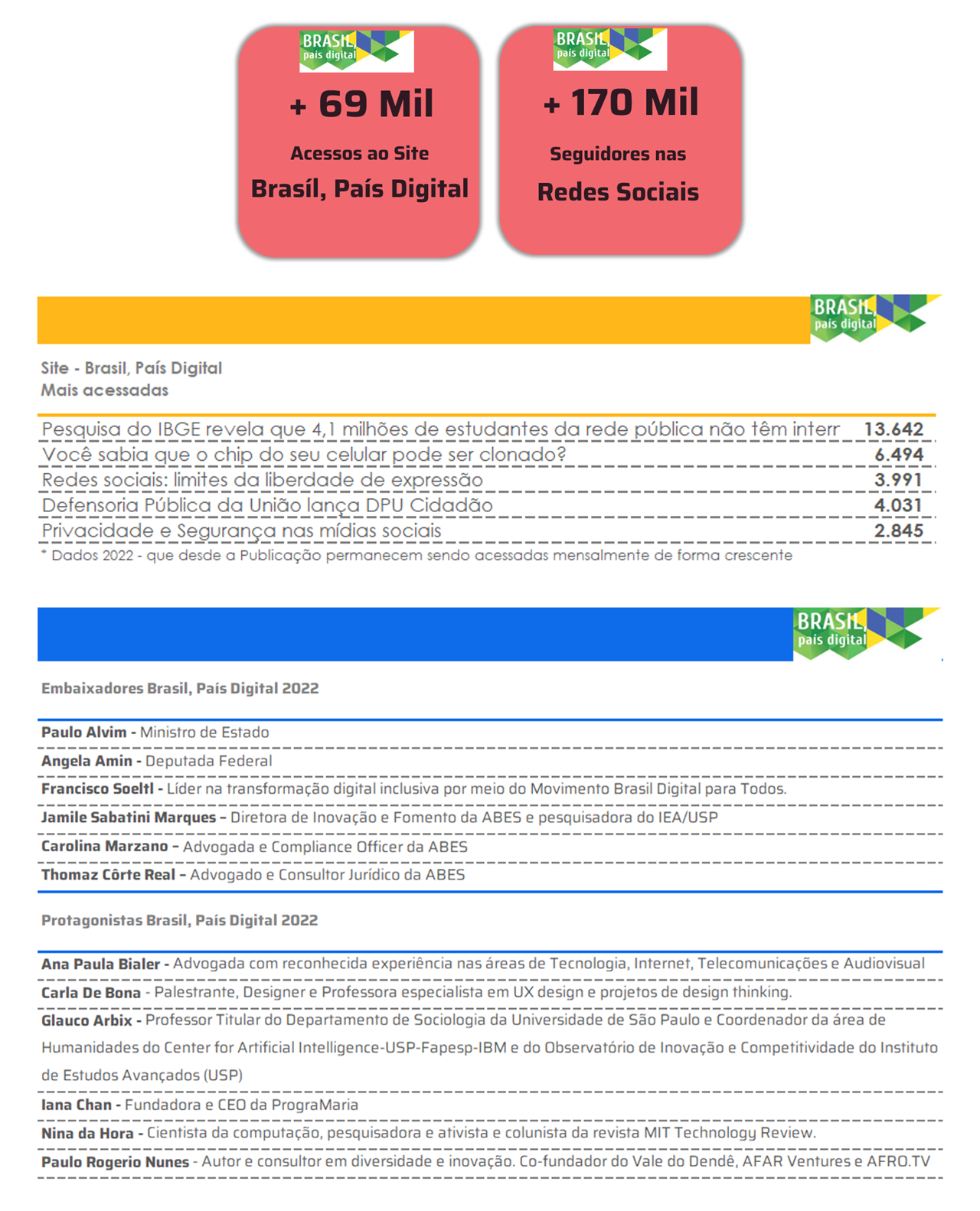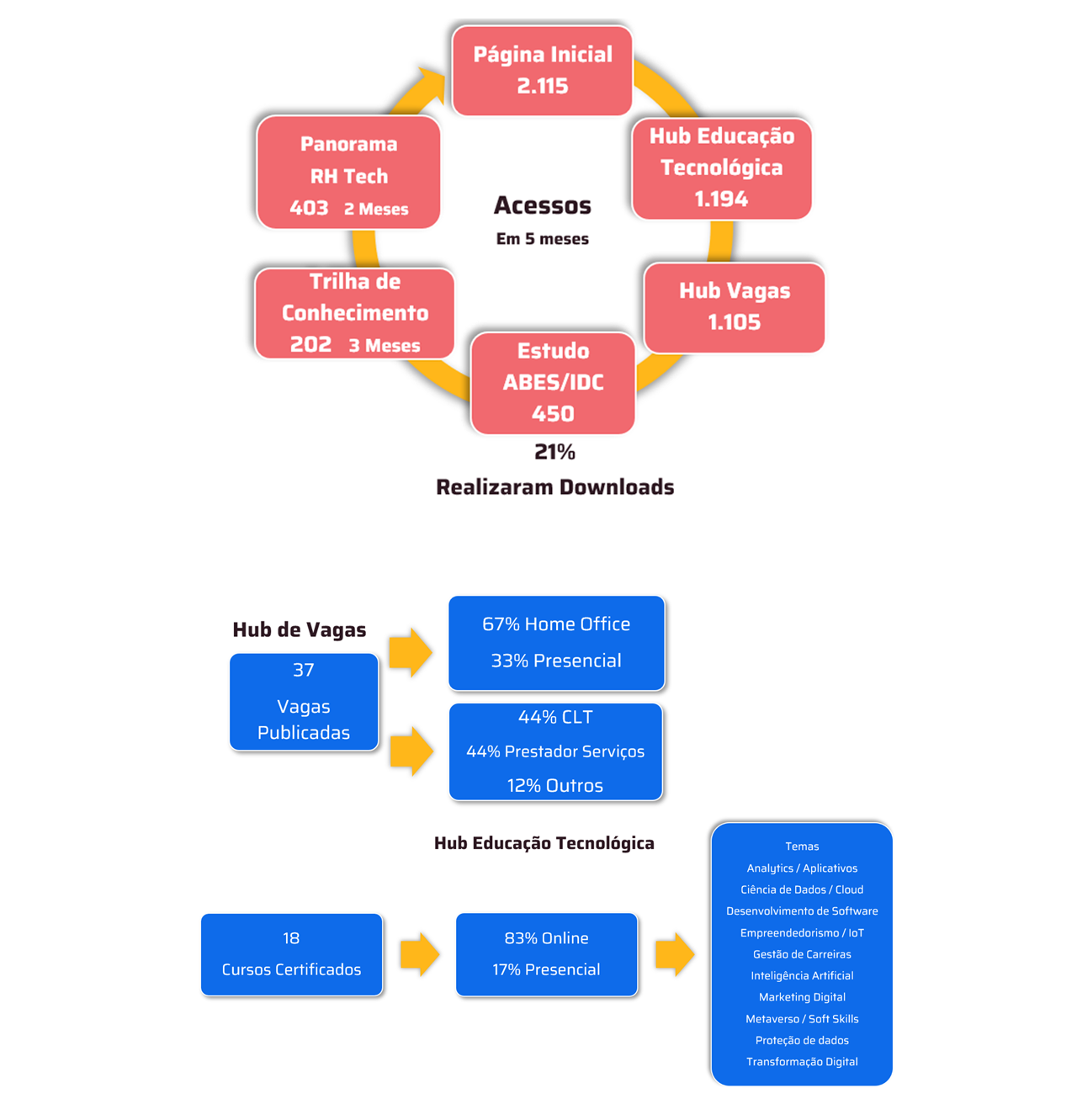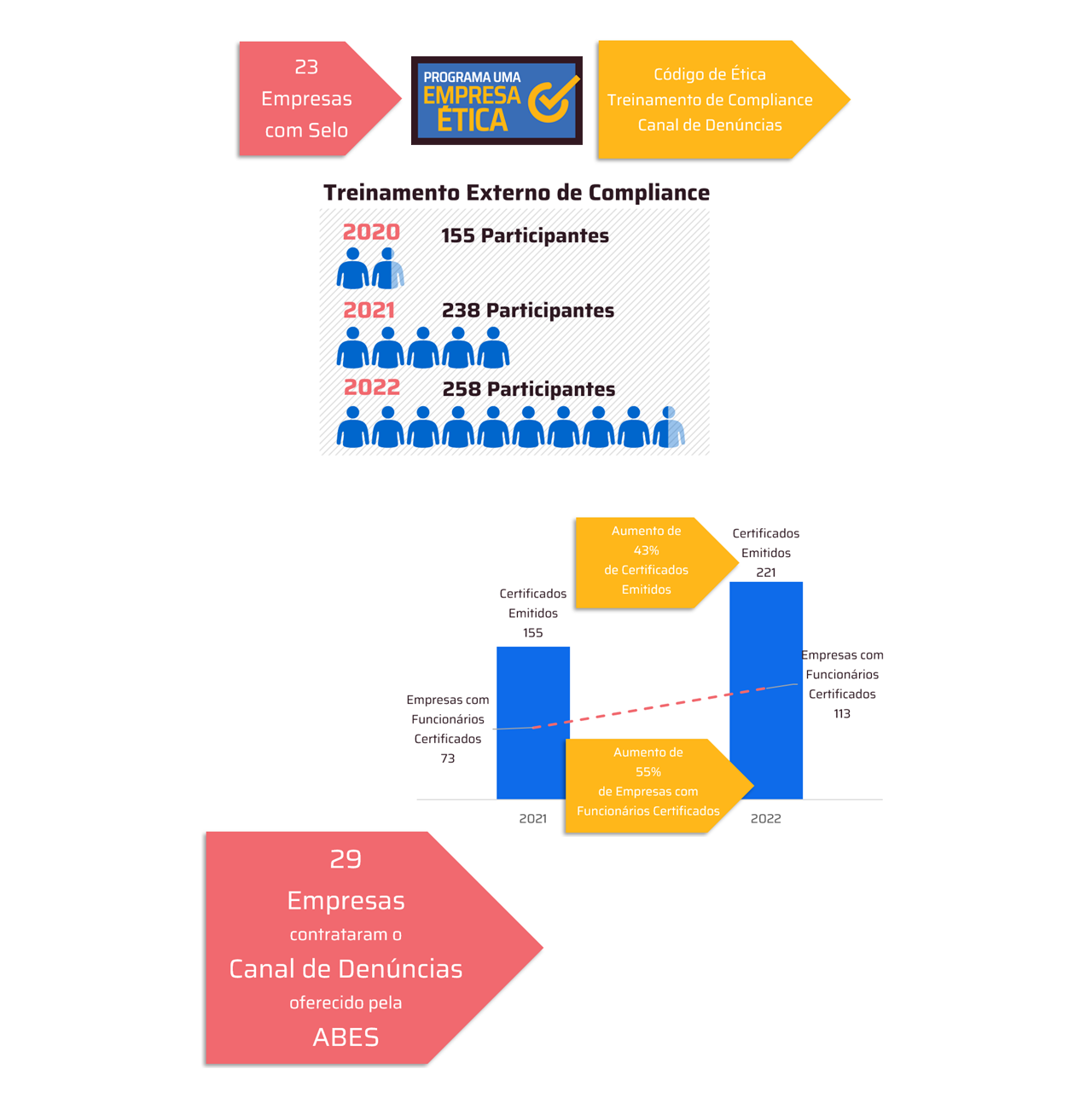 By Graciele Lima*
By Graciele Lima*
The application of Artificial Intelligence (AI) in agribusiness is no longer a future promise; it is a present and expanding reality. While its use was initially focused on tasks within the farm, such as pest analysis, soil monitoring and precision agriculture, today we are experiencing an even more profound transformation: AI has come to play a strategic role in the management of agribusiness as a whole. We are facing a new phase, Agro 5.0, in which technology transcends farming to decisively impact management, logistics and commercial processes.
The main change is in the perception and use of management tools, especially ERP systems (Enterprise Resource Planning). Previously seen as operational solutions focused solely on control, these systems are now taking on a transformational character, with the use of AI to interpret large volumes of data, generate valuable insights and automate decisions. This enables a new type of experience: more connected, efficient and data-driven. Thus, AI is no longer just an ally in the field and has become a key player in decision-making at all stages of agriculture, from planting to marketing.
This transformation is being driven by a new generation of rural leaders. Born in the 1980s and 1990s, these professionals grew up amid the advancement of digital technology. Unlike previous generations, who based their decisions on practical experience, these new managers demand accurate, real-time information and expect to interact with management systems in an intuitive, conversational, and integrated way. They don’t just want reports: they seek answers, recommendations, alerts, and predictive analytics. For them, data is a strategic asset—and AI is the key to activating it.
However, despite all this progress, there are still significant challenges to be overcome. One of the biggest obstacles is the underutilization of the information already available. It is estimated that only between 10% and 20% of the data generated by machines, sensors and tractors are actually transformed into practical decisions. This occurs not only due to technological limitations, but also due to a lack of knowledge, training and digital maturity. In this context, the role of AI is not to “reinvent the wheel”, but to solve real, everyday problems: identify patterns that are out of the ordinary, avoid waste, improve the quality of processes and, most importantly, increase productivity.
Furthermore, agriculture operates under variables that are not under the direct control of the producer, such as climate, exchange rates, international prices, among others. Therefore, the greater the control over internal factors, such as costs, waste, and operational performance, the better prepared management will be to react to these external elements. Applied AI is a powerful ally in this decision-making process based on reliable and up-to-date data.
It is essential to demystify the idea that these technologies are inaccessible or restricted to large producers. On the contrary: many solutions are already applicable and viable for small properties and their producers. In this scenario, we have the strength of the sector's cooperatives, which transact more than 54% of all agricultural production in the country, according to the Organization of Brazilian Cooperatives, OCB System. The democratization of access to information and data management is one of the most promising paths for the sustainable and competitive evolution of Brazilian agribusiness.
In short, AI not only can, but should be used as a catalyst for intelligent management in the field. This is an inevitable and necessary movement that puts Brazilian agriculture on the path of global innovation. The challenge now is to increase the digital maturity of the sector, train qualified professionals and transform raw data into strategic decisions. After all, the technology is ready.
*Graciele Lima, Head of Agribusiness at Senior Sistemas, Bachelor in Accounting and Business, with an MBA in Controllership and Finance
Notice: The opinion presented in this article is the responsibility of its author and not of ABES - Brazilian Association of Software Companies





